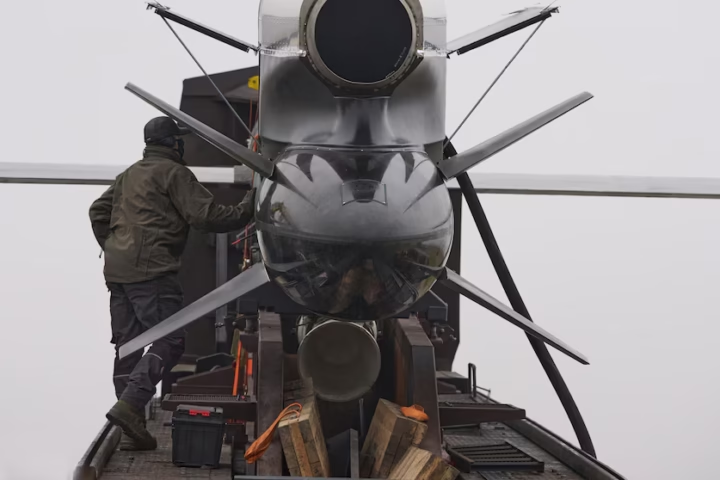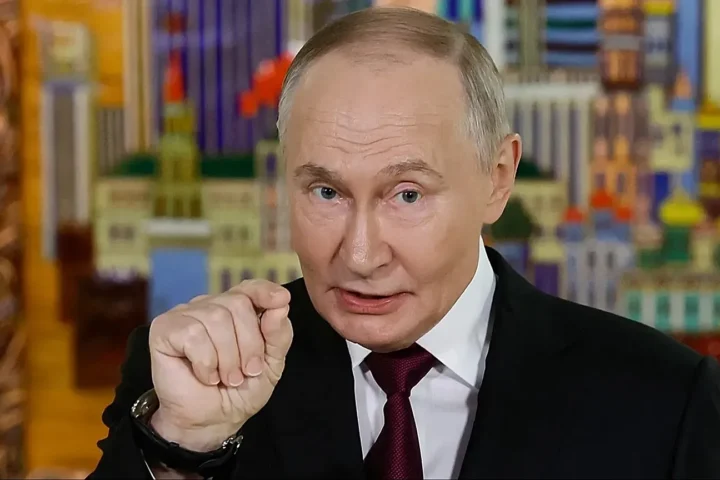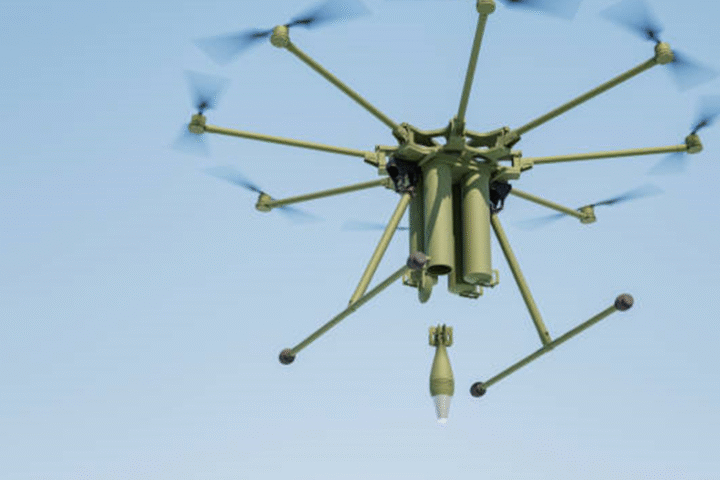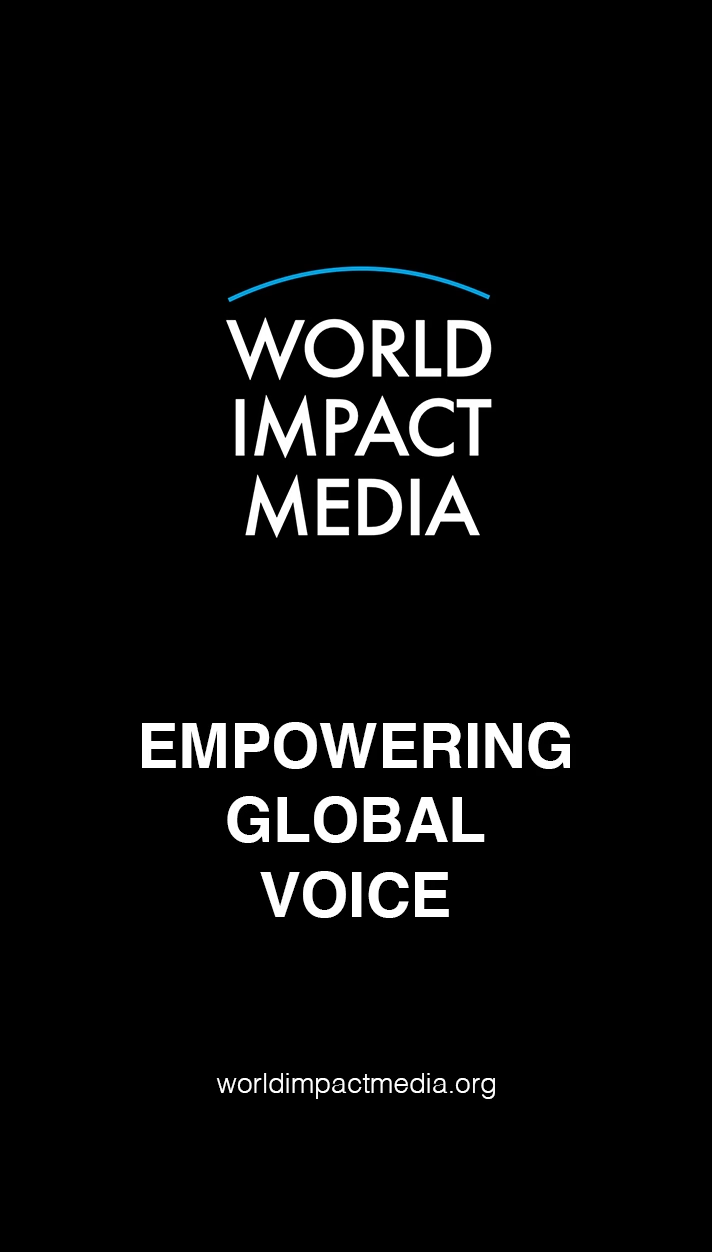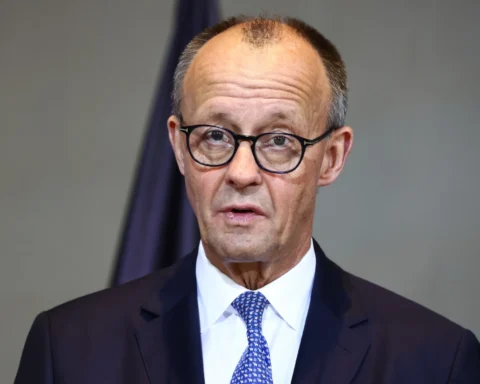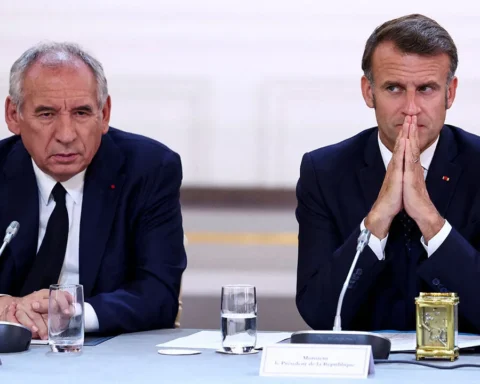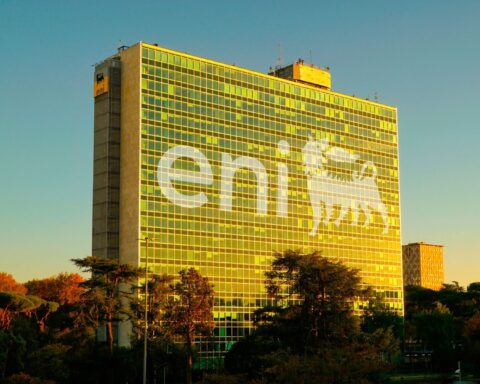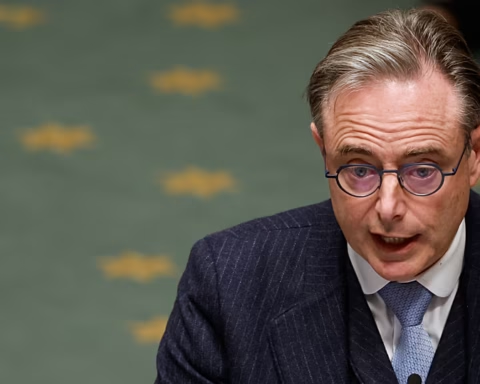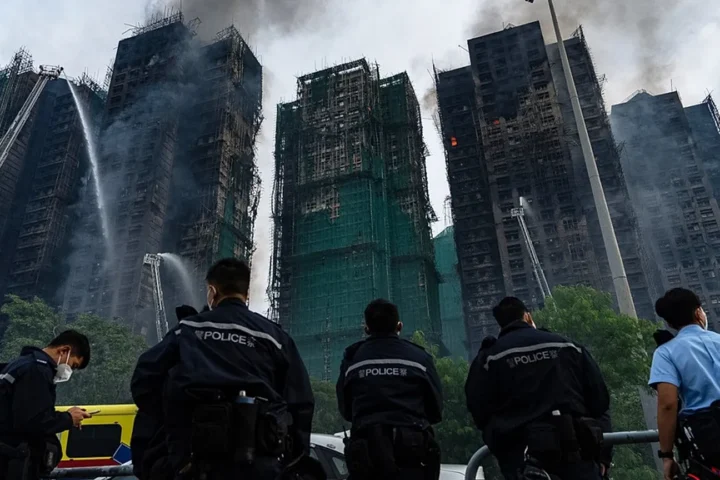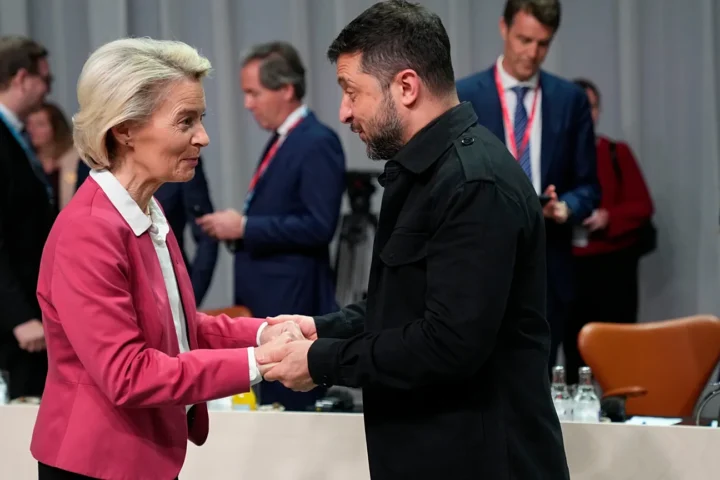Europe finds itself at a critical crossroads in the unfolding global conflict. As tensions escalate between major powers, European nations are navigating a delicate balance between military readiness, alliance commitments, and the urgent need to protect their own economies and populations.
1. NATO Unity and U.S. Alignment
Most of Europe remains tightly aligned with the United States through NATO. Countries like Germany, France, the UK, and Poland have increased defense spending, mobilized troops, and strengthened eastern frontlines, particularly in response to threats from Russia and instability in the Middle East.
2. Divisions Within the EU
While unity is the goal, internal divisions remain. Some countries push for greater EU-led defense autonomy, while others rely heavily on U.S. leadership. Public opinion in parts of Europe is also skeptical about direct involvement in faraway conflicts, fueling political debates and protests.
3. Economic Pressure and Energy Security
The war has disrupted global trade, energy supplies, and inflation across the continent. Europe is racing to secure energy independence, diversify trade routes, and stabilize markets — all while dealing with refugee inflows and humanitarian responsibilities.
4. Strategic Diplomacy
European leaders are also playing a major diplomatic role, trying to prevent the war from spreading further. France and Germany, in particular, are active in mediation efforts while still preparing for worst-case scenarios.
In short, Europe is engaged, cautious, and preparing — not just for war, but for the long-term consequences of a shifting global order.


